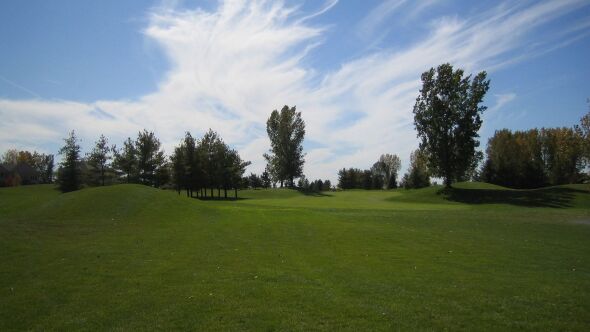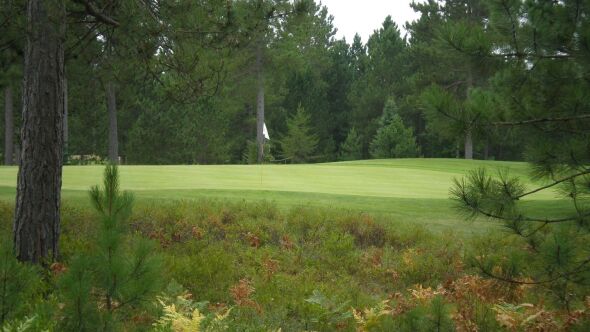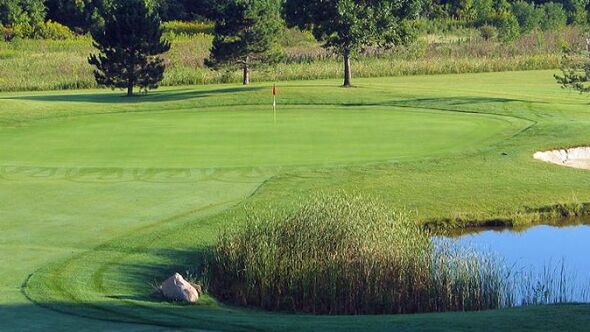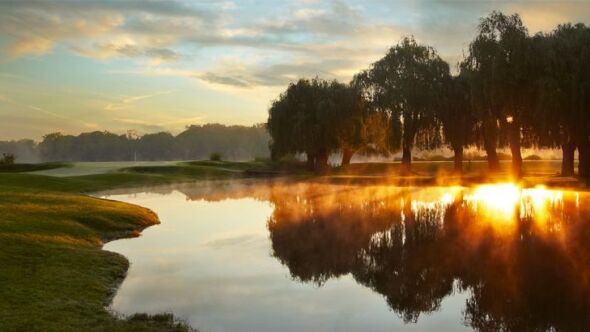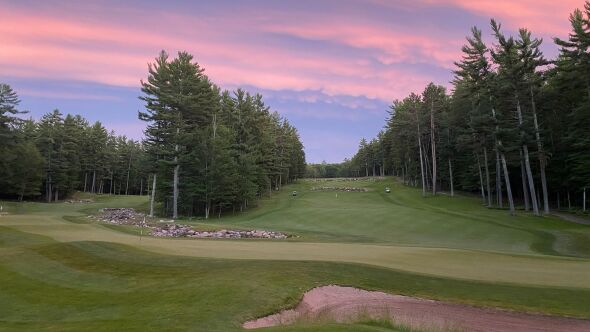- Born
- Jun 29, 1934
- In
- Grand Rapids, Michigan
About

Then a decade after Bruce retired in 1979 and turned his Lansing-based firm over to Jerry, another course-building boom hit. In the 1990s, no state opened more new golf courses than Michigan, and that made Jerry Matthews a very popular and busy man. Of his 81 courses listed on GolfPass, all but three are in the Mitten State.
"I like Michigan and I was really lucky to come along with my dad at that point in history," Jerry Matthews said. "There was so much work and I was learning so much."
Those building blocks positioned him for enormous success. In 1991, for example, of the eight new courses built in Michigan, five were designed by Matthews. In three dizzying years the middle of the decade (1995-97), Matthews opened 17 new courses. One of them, Timberstone in Iron Mountain, remains Matthews' best work, ranked no. 3 in the state by Michigan Golf Magazine and followed by several other Matthews designs -- no. 14 Elk Ridge in Atlanta (which has closed), no. 24 The Majestic at Lake Walden, no. 26 Buck's Run in Mt. Pleasant, no. 43 Mistwood in Lake Ann and no. 50 Hawk Hollow in Bath.
Matthews traces his start in the business to age 12 when he began working on his father's maintenance crew at Green Ridge Country Club. He got his bachelor's degree in landscape architecture from Michigan State, but had other ideas as he earned a master's degree in urban planning.
But Matthews came back to work for his dad and forged a successful career building courses that follow natural contours.
"I'm not a bulldozer guy," Matthews said. "I'm not knocking that, but I just like to take what's there and see what I can do."
Later in his career, Matthews turned his attention to renovation projects and perhaps his most innovative work, Northport Creek, a solar-powered course designed to minimize the impact on the environment.
Matthews has a simple explanation for rarely venturing outside of Michigan.
"I learned I'd rather be here than spending so much time in airports or on planes," he said.
Matthews passed away Sept. 15, 2022, at age 88.
Jerry Matthews Designed Courses Map
Jerry Matthews Designed Courses
-
-
-
-
Harbor Springs, MichiganPrivate
-
-
Riverview, MichiganPublic/Municipal
-
-
-
-
-
-
-
-
-
-
-
-
-
-
-
-
-
-
-
-
-
-
-
-
-
-
-
-
-
-
-
-
-
-
-
Riverview, MichiganPublic/Municipal
-
-
-
Bath, MichiganPublic
-
-
Bath, MichiganPublic
-
-
-
-
-
-
-
-
-
-
-
-
-
-
Mancelona, MichiganSemi-Private
-
-
-
-
-
-
-
-
-
-
-
-
-
-
-
-
-
-
-
-
-
-
-
-
-
-
-
Riverview, MichiganPublic/Municipal
-
-
-
-
-
-
-
-
-
Saint Clair Shores, MichiganMunicipal
-
-
-
-
-
-
-
-
-
-
-
-
-
-
-
-
-
-
-
-
-
-
-
-
-
Hartland, MichiganPublic
-
Hartland, MichiganPublic
-
Howell, MichiganPublic
-
-
-
-
Lexington, MichiganResort
-
-
-
Iron Mountain, MichiganPublic/Resort
-
-
-
-
-
-
-
-
-
-
-
-
-
-
-
-
-
-
-
-
-
-
-
-
Harbor Springs, MichiganPrivate
-








 Back
Back












































